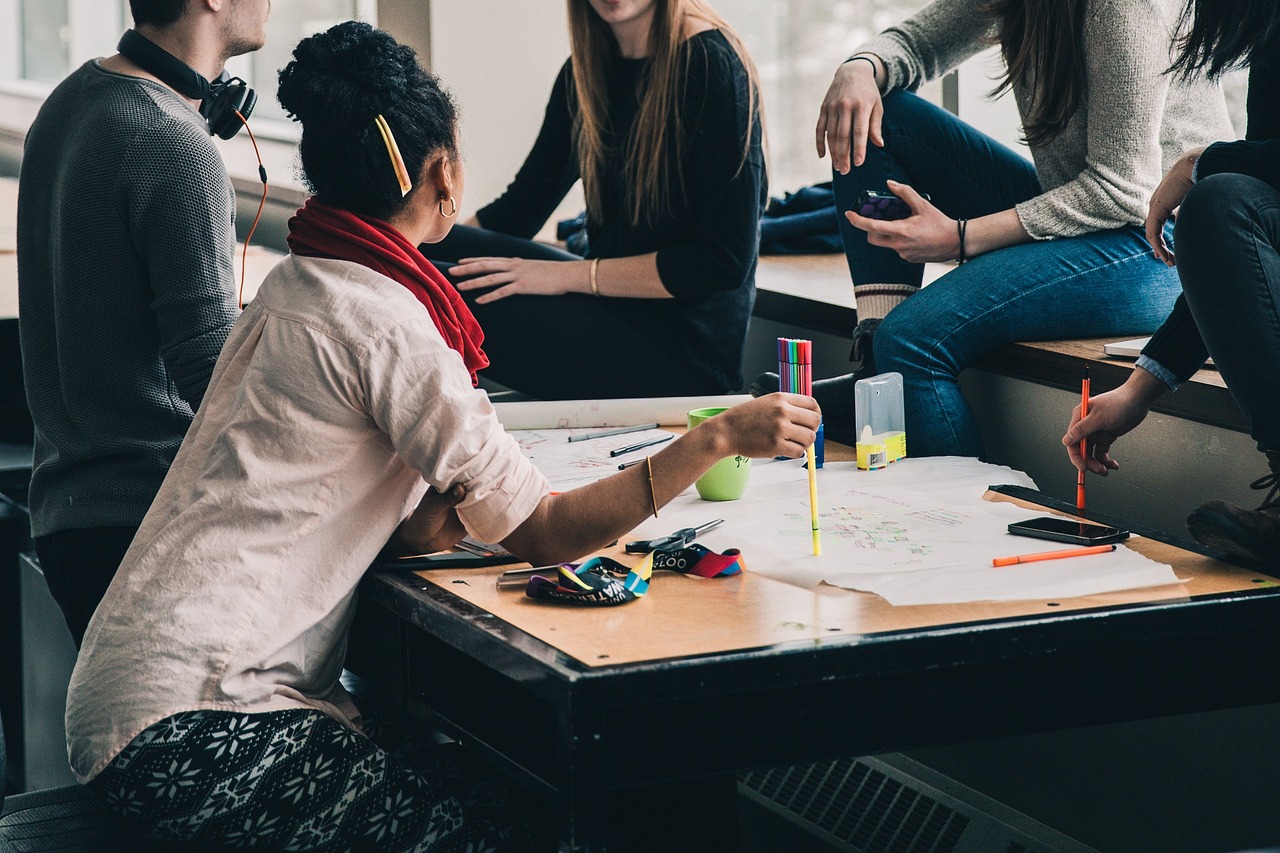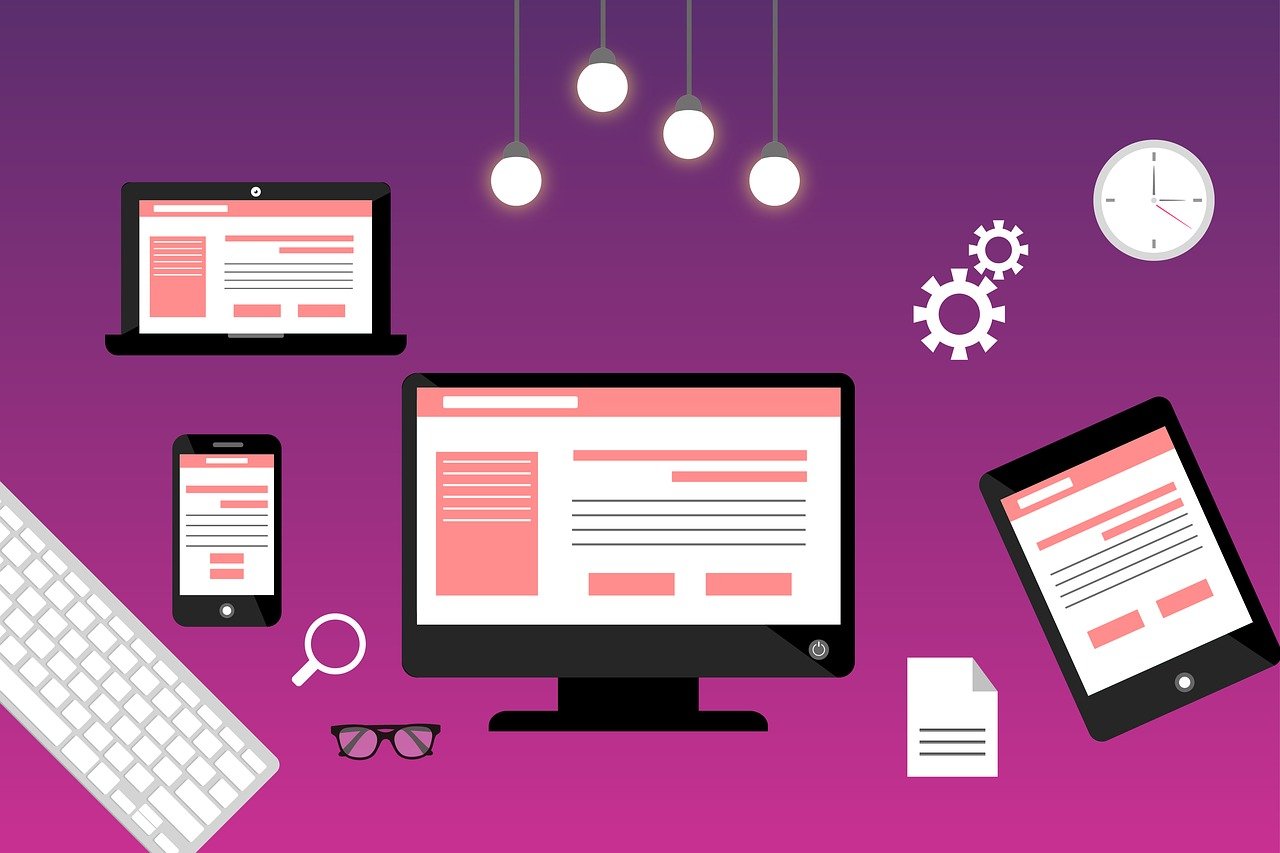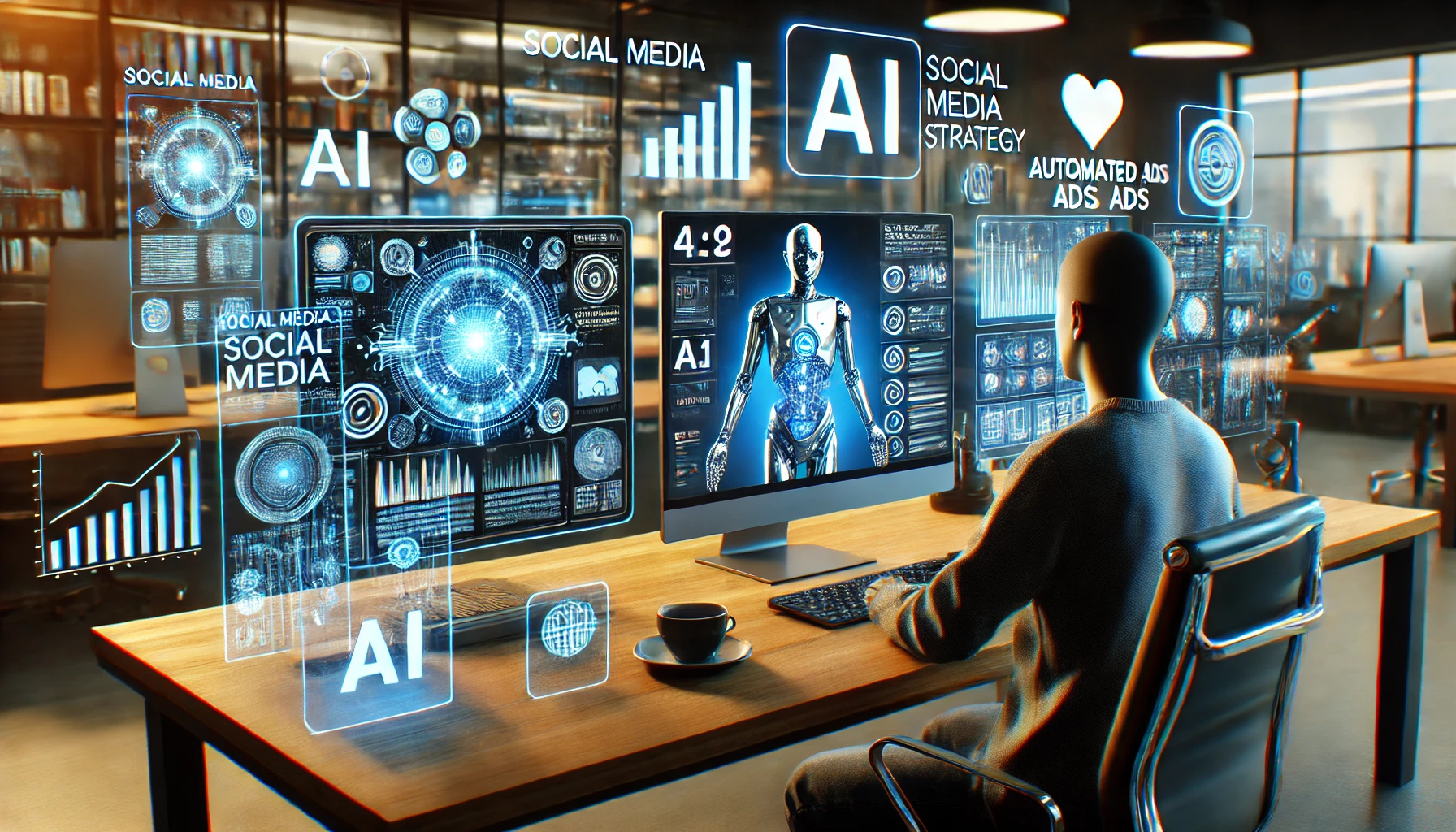Artificial Intelligence (AI) is transforming social media by enhancing content creation, optimizing advertisements, and improving user engagement. AI-powered algorithms personalize feeds, detect trends, and automate interactions to keep users engaged. In this article, we will explore how AI is reshaping social media platforms and marketing strategies.

1. How AI is Improving Social Media Experiences
AI enhances social media by:
- Personalizing content feeds based on user preferences. Advanced machine learning algorithms analyze thousands of data points—including past engagement, browsing behavior, demographic information, and even time spent viewing specific content—to create highly customized feeds that maximize user engagement. This personalization keeps users on platforms longer and increases interaction rates.
- Automating chatbots for real-time customer support. Natural language processing enables AI chatbots to understand and respond to customer inquiries with increasingly human-like conversation. These systems can handle multiple conversations simultaneously, are available 24/7, and can seamlessly transfer complex issues to human agents when necessary.
- Generating AI-powered content for brands and influencers. Content generation algorithms can now create platform-specific posts, suggest trending hashtags, and even produce basic images and videos tailored to a brand’s style guide. This automation allows social media managers to focus on strategy while AI handles routine content production.
The integration of AI into social media platforms has fundamentally changed how content is created, distributed, and consumed. Unlike traditional content distribution models that relied on chronological timelines or broad demographic targeting, AI-powered platforms can deliver precisely tailored experiences to each individual user.
User Impact: According to the Social Platform Engagement Report 2024, users of AI-optimized social feeds spend an average of 47 minutes daily on platforms compared to 28 minutes for users who opt for chronological feeds. However, the same study found that AI-optimized feed users reported 18% higher rates of “information bubble” concerns.
2. Best AI Tools for Social Media Management
A. AI for Content Creation
Lumen5 uses AI to turn blog posts into engaging social media videos. The platform analyzes text content to identify key messages, automatically selects relevant imagery, synchronizes visuals with text highlights, and generates background music that matches the content’s emotional tone. Users can create professional-quality video content in minutes rather than hours.
Jasper AI generates captions and ad copy for social media posts. The system is trained on millions of high-performing social media posts and can produce platform-specific content optimized for engagement. Users can specify tone, length, and key messaging points, and the AI will generate multiple options that align with the brand voice while incorporating trending phrases and formats.
“The most effective social media managers aren’t replacing their creative process with AI—they’re augmenting it. They provide the strategic direction, brand knowledge, and creative vision, then use AI tools to execute and iterate at a scale that would be impossible manually. This human-AI collaboration produces content that maintains authenticity while achieving the consistency and frequency modern platforms demand.”
— Rachel Nguyen, Chief Digital Strategist at Social Evolution Partners

B. AI in Social Media Advertising
Facebook AI Ads automates audience targeting and ad optimization. The platform’s deep learning systems analyze user behavior across Facebook’s network to identify potential customers with unprecedented precision. The system continuously optimizes ad delivery based on real-time performance data, automatically adjusting bidding strategies, creative elements, and audience targeting to maximize campaign objectives.
Google AI for YouTube Ads uses machine learning to improve video ad performance. The system analyzes video content, user engagement patterns, and conversion data to optimize ad placements and formats. Advanced features include predictive analytics that forecast campaign performance before launch and creative optimization that identifies which visual and audio elements drive the strongest viewer response.
Digital advertising expert Marcus Johnson explains: “The revolution in AI-driven social advertising isn’t just about better targeting—it’s about dynamic optimization at a scale previously unimaginable. Today’s advanced platforms might test hundreds of creative variations against dozens of audience segments, continuously reallocating budget to the highest-performing combinations. These systems make thousands of micro-adjustments daily that collectively drive significant performance improvements, far beyond what human media buyers could achieve manually.”
C. AI for Engagement and Insights
Hootsuite AI analyzes user engagement and suggests optimal posting times. The platform’s predictive algorithms examine historical performance data alongside real-time engagement trends to recommend precise posting schedules customized for each platform and audience segment. Its content recommendation engine can also suggest topics and formats likely to generate maximum engagement based on current trends and audience preferences.
Sprout Social AI provides AI-driven sentiment analysis to understand audience reactions. The system can process thousands of comments, mentions, and messages to identify emotional tone, detect emerging issues, and highlight potential brand advocates. Its pattern recognition capabilities can identify subtle shifts in sentiment that might signal emerging opportunities or problems before they become obvious in engagement metrics.
Industry Adoption: A 2024 survey of social media professionals found that 78% of enterprise-level companies now use AI-powered tools for social media analytics and engagement management. Companies using advanced AI analytics reported identifying customer service issues an average of 4.3 hours faster than those using traditional monitoring methods, resulting in 27% higher customer satisfaction scores.
3. AI in Influencer Marketing and Trend Detection
A. Predicting Viral Trends
AI systems can now predict viral trends before they become mainstream. By analyzing patterns across multiple platforms, monitoring early adoption among key user segments, and mapping content velocity, these predictive engines can identify emerging trends days or even weeks before they achieve widespread popularity. Brands using these tools can create content that aligns with upcoming trends rather than chasing those that have already peaked.
Social trend researcher Dr. Sophia Kim notes: “What’s particularly interesting about AI trend prediction is how it’s evolving from simple pattern recognition to understanding the cultural and psychological drivers behind viral content. The most advanced systems don’t just identify what’s trending—they understand why it’s resonating with specific audiences, which helps brands create content that taps into the same emotional triggers rather than simply mimicking the format.”

B. AI-Powered Influencer Analytics
Advanced analytics platforms use AI to match brands with the right creators. These systems move beyond simple follower counts to evaluate audience quality, content authenticity, engagement patterns, and brand alignment. The most sophisticated platforms can identify micro-influencers whose smaller but highly engaged audiences deliver better conversion rates than celebrities with larger but less connected followings.
“The most significant AI advancement in influencer marketing is the shift from vanity metrics to predictive performance modeling. Today’s systems can analyze an influencer’s past branded content across multiple campaigns to forecast likely engagement, conversion, and ROI for specific product categories and campaign objectives. This transforms influencer selection from an intuitive art to a data-driven science.”
— Miguel Torres, Influencer Strategy Director at Digital Reach Collective
C. AI-Generated Hashtags and Keywords
AI tools now generate optimized hashtags and keywords to improve post reach. These systems analyze platform-specific trending topics, evaluate historical performance data, and identify niche community conversations to suggest tags that maximize visibility while maintaining relevance. Advanced algorithms can even recommend different hashtag strategies for different platforms and times of day to align with platform-specific algorithms and audience activity patterns.
Effectiveness Metrics: Research from the Social Media Marketing Institute found that posts using AI-optimized hashtag strategies averaged 43% higher reach and 29% more engagement than those using manually selected hashtags. The difference was even more pronounced for accounts with fewer than 10,000 followers, where AI-optimized tagging increased reach by up to 76%.
4. The Future of AI in Social Media
Looking ahead, several emerging technologies are poised to transform social media experiences in even more profound ways:
A. AI-Powered Virtual Influencers
Computer-generated characters are creating increasingly sophisticated digital content. These virtual influencers combine 3D modeling, animation, natural language processing, and machine learning to produce content indistinguishable from that of human creators. Unlike human influencers, virtual personalities can be active 24/7, appear in multiple locations simultaneously, and never experience controversies or burnout.
Digital culture expert Dr. James Chen explains: “The distinction between human and virtual influencers is beginning to blur, not just visually but behaviorally. The most advanced virtual influencers now have machine learning personalities that evolve based on audience interactions, developing consistent opinions, preferences, and communication styles that create a sense of authentic connection with followers. Some virtual influencers are generating higher engagement rates than comparable human creators, particularly among Gen Z audiences who appreciate their consistency and creative flexibility.”
B. AI-Driven Deepfake Technology
Advanced AI is enabling hyper-realistic social media avatars. These systems can transform simple text inputs into convincing video content featuring synthetic versions of users or public figures. While raising significant ethical concerns, this technology also enables creative applications like personalized brand messaging, language localization, and accessibility features for users with communication disabilities.

C. AI-Enhanced Real-Time Language Translation
Neural machine translation is enabling seamless global audience interaction. These systems can instantly translate social media content while preserving cultural nuances, idiomatic expressions, and emotional tone. Advanced platforms can even adapt content to align with cultural preferences and communication styles, helping brands maintain consistent messaging while resonating with diverse international audiences.
“What’s revolutionary about the latest generation of AI translation for social media isn’t just accuracy—it’s cultural adaptation. These systems don’t just translate words; they transform content to resonate with the cultural context of the target audience while maintaining the original message. A casual, slang-filled post for American teens is automatically reframed for Japanese audiences with appropriate formality and cultural references, creating authentic connections across language barriers.”
— Lisa Wang, Global Social Media Director at Transcultural Communications
Conclusion
AI is revolutionizing social media by optimizing content, improving advertising, and boosting engagement. These intelligent systems are transforming how brands connect with audiences and how individuals experience social platforms.
The integration of artificial intelligence into social media represents much more than technological advancement—it’s fundamentally reshaping digital communication. As these technologies continue to evolve, we can expect increasingly personalized experiences that blur the lines between human and machine-generated content. For brands and content creators, success will depend on strategically leveraging these AI capabilities while maintaining the authentic human connection that ultimately drives meaningful engagement.
Start leveraging AI in social media today for smarter content and engagement!
References and Further Reading
- Social Platform Analytics Group. (2024). Social Platform Engagement Report 2024: AI-Optimized vs. Chronological Feed User Behavior. Digital Experience Research Series.
- Nguyen, R., & Anderson, T. (2023). Human-AI Collaboration in Content Creation: Best Practices and Case Studies. Journal of Digital Marketing, 17(3), 128-144.
- Johnson, M., & Williams, K. (2024). Dynamic Optimization in Social Media Advertising: AI Performance Metrics and ROI Analysis. Digital Advertising Quarterly, 29(2), 67-83.
- Enterprise Social Media Association. (2024). Annual Survey of AI Adoption in Social Media Management 2024. ESMA Industry Report.
- Kim, S., & Martinez, J. (2023). Predictive Modeling of Viral Content: Psychological Drivers and Platform Dynamics. Social Media Psychology Review, 11(4), 215-231.
- Torres, M., & Garcia, A. (2024). From Followers to Conversions: AI-Driven Influencer Selection Frameworks. Influencer Marketing Journal, 8(2), 92-107.
- Social Media Marketing Institute. (2024). Hashtag Optimization Strategies: AI vs. Manual Approaches. SMMI Research Brief 2024-03.
- Chen, J., & Patel, L. (2024). Virtual Influencers: Audience Perception and Engagement Metrics Across Demographic Segments. Digital Identity and Media, 14(1), 33-49.
- Wang, L., & Thompson, S. (2023). Cross-Cultural Adaptation in AI Translation for Social Media Content. International Journal of Digital Communication, 22(3), 176-192.

